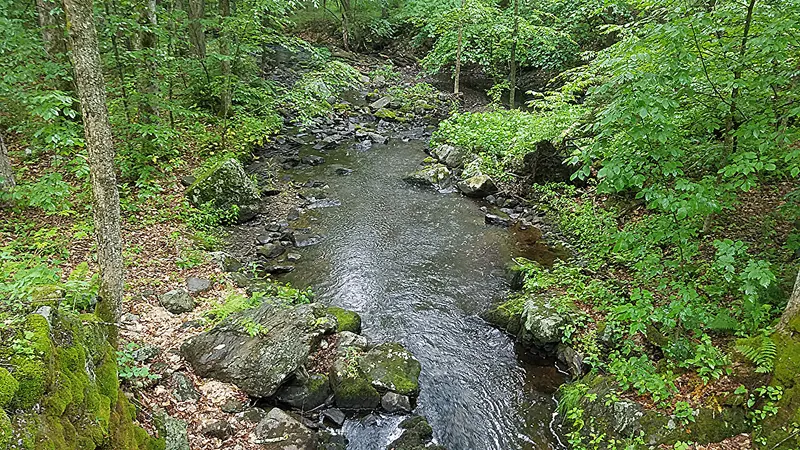
Unseen Threat: Groundwater Discharge as a Significant Source of Greenhouse Gases
2025-03-31
Author: Emma
Introduction
Scientists have long recognized that rivers and streams contribute notable quantities of greenhouse gases to our atmosphere. New research highlights a hidden mechanism behind these emissions: groundwater.
As groundwater seeps through rocks and sediments adjacent to rivers, it picks up carbon and nitrogen, which can significantly impact our climate.
The Hidden Mechanism Behind Emissions
Traditionally, studies on river emissions have assumed that the greenhouse gases contained in groundwater would eventually mix with surface waters before entering the atmosphere. However, during periods of low water flow, groundwater can seep out at the stream banks, releasing greenhouse gases directly into the air without any mixing.
This discovery opens up a new dimension in understanding riverine greenhouse gas emissions.
Research Findings
A team led by Alaina Bisson has made important strides to quantify the emissions from this groundwater discharge.
By examining three locations in the Farmington River watershed spanning Connecticut and Massachusetts, the researchers focused on areas where groundwater emerged above the waterline during a typical summer season.
Their compelling findings are detailed in the Journal of Geophysical Research: Biogeosciences.
Methodology
Utilizing handheld thermal infrared cameras, the researchers identified stream banks with active groundwater discharge.
They meticulously measured the flux of greenhouse gases including carbon dioxide (CO2), nitrous oxide (N2O), and methane from these sites, alongside assessing groundwater discharge rates.
Moreover, they took subsurface groundwater samples for analysis of vital constituents like dissolved organic carbon, oxygen, and nitrogen.
Significant Results
Remarkably, the results revealed astonishing concentrations of greenhouse gases.
At one specific site, CO2 levels in groundwater discharge were found to be 1.4 to 19.2 times higher than those in surface water, while N2O concentrations ranged from 1.1 to 40.6 times higher.
Interestingly, stretches of the stream lacking groundwater seeps functioned as sinks for N2O, indicating a complex interaction between surface water and groundwater emissions.
Overall, the study illustrated that CO2 and N2O emissions from groundwater were 1.5 and 1.6 times greater than those from surface waters, respectively.
Shockingly, about 21% of these greenhouse gases were released into the atmosphere prior to any mixing with river water.
Conclusion and Implications
This pivotal research underscores the idea that exposed groundwater discharges along stream banks can significantly add to greenhouse gas emissions in river corridors, often overlooked in previous studies.
The authors stress the necessity for further investigation into areas rich in groundwater discharge, which may alter our understanding of riverine emissions and contribute to climate change discussions.
In conclusion, as global warming continues to be a pressing concern, recognizing the role of groundwater in greenhouse gas emissions could shape how we approach environmental policies and conservation efforts.
The findings suggest that our ecosystems’ health is more intricate than previously thought, prompting a reconsideration of the importance of groundwater systems in mitigating climate change.
Further Reading
For detailed insights into this ongoing research, refer to Bisson’s study in the Journal of Geophysical Research: Biogeosciences.









 Brasil (PT)
Brasil (PT)
 Canada (EN)
Canada (EN)
 Chile (ES)
Chile (ES)
 Česko (CS)
Česko (CS)
 대한민국 (KO)
대한민국 (KO)
 España (ES)
España (ES)
 France (FR)
France (FR)
 Hong Kong (EN)
Hong Kong (EN)
 Italia (IT)
Italia (IT)
 日本 (JA)
日本 (JA)
 Magyarország (HU)
Magyarország (HU)
 Norge (NO)
Norge (NO)
 Polska (PL)
Polska (PL)
 Schweiz (DE)
Schweiz (DE)
 Singapore (EN)
Singapore (EN)
 Sverige (SV)
Sverige (SV)
 Suomi (FI)
Suomi (FI)
 Türkiye (TR)
Türkiye (TR)
 الإمارات العربية المتحدة (AR)
الإمارات العربية المتحدة (AR)